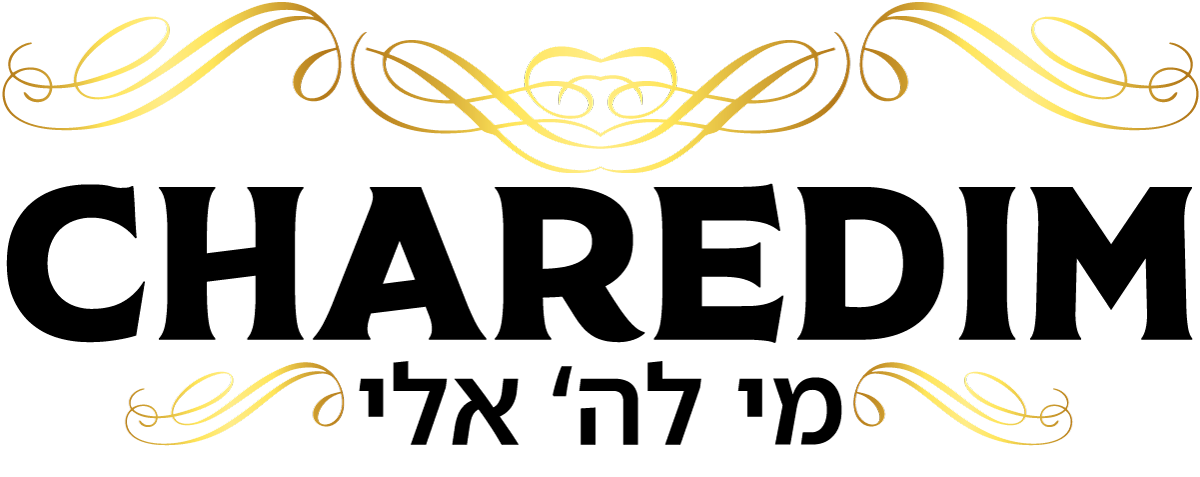What Do Charedim Think About the Return of Hebrew as a Modern Language?
To the average Israeli, the revival of Hebrew might seem like one of the great miracles of Jewish history. A language that hadn’t been spoken for 2,000 years was reborn as a living, breathing form of speech—in government, in school, in everyday life. It’s taught in universities around the world as a model of national renewal.
But from the Charedi perspective, the story isn’t quite so simple.
Yes, Hebrew is holy. Yes, it is Lashon HaKodesh. But the way it was revived—and what it became—raises deep concerns for Torah Jews committed to our mesorah.
Let’s explore the roots of the Charedi view.
Lashon HaKodesh: The Language of Creation
The Charedi world holds Lashon HaKodesh as sacred—not just beautiful or historical, but holy. Chazal teach that Hashem used Lashon HaKodesh to create the world (Zohar, Bereishis 1), and it’s the language of our tefillos, our Torah, and our kedushah.
In fact, the Rambam (Moreh Nevuchim II:30) writes that Hebrew is called “Lashon HaKodesh” because it contains no obscene or profane words—its very structure reflects spiritual elevation.
So what’s the problem with speaking Hebrew day-to-day?
The Secular Revival: A Holy Language, Stripped of Its Soul
The movement to revive Hebrew as a modern spoken language was led by Eliezer Ben-Yehuda, a secular nationalist who was passionately anti-religious. His goal was not to increase Torah learning—but to replace it. He famously said, “The Hebrew language must leave the synagogue and enter the marketplace.”
But in doing so, the revivalists made drastic changes:
- They stripped Lashon HaKodesh of its sanctity, creating new words for modern secular life—some of which are awkward at best, and vulgar at worst.
- They redefined ancient words to suit modern ideologies, even inserting Zionist or anti-religious meanings into formerly sacred terms.
- They pushed for Hebrew to replace Yiddish, which had long been the language of frum Jewish life in Europe—spoken in batei midrash, shtetls, and Chassidic courts.
This wasn’t just a language revival. It was an attempt to build a new Jewish identity, one rooted in nationalism instead of Torah.
For Charedim, this was—and still is—a tragedy.
Rav Shach’s Tears
Rav Elazar Menachem Man Shach zt”l once recalled how painful it was to see children in Eretz Yisrael being taught Lashon HaKodesh not as a holy tongue, but as a language for cartoons, slang, and everyday casual speech.
“They took the most precious treasure—the language of the Avos and Imahos, the language of Sinai—and they dragged it through the mud.”
Other Gedolim were similarly pained. Rav Yosef Chaim Sonnenfeld zt”l fought to keep Yiddish alive in the Charedi world because he feared what Hebrew would become in the hands of secular Zionists.
The Yiddish Question
One of the reasons Charedim embraced Yiddish as their spoken language—especially in the early 20th century—was to preserve the kedushah of Lashon HaKodesh. It created a boundary: we daven in Hebrew, we learn Torah in Hebrew, but we speak Yiddish in the street. This way, the language of the Shechinah remains untainted by mundane or inappropriate usage.
Even today, many Chassidim and yeshivish communities retain Yiddish as a first or second language—not as nostalgia, but as a barrier of kedushah.
Modern Hebrew in Today’s Charedi World
That said, Charedim today do speak modern Hebrew—especially in Eretz Yisrael. It’s a practical necessity: to navigate life, government services, workplaces, and general society.
But they do so with awareness and sensitivity.
You’ll notice that in many Charedi schools and homes:
- Hebrew is spoken in a more refined, reserved manner.
- Certain slang words are avoided because they are seen as coarse or disrespectful.
- When possible, Yiddish or a Torah-style Hebrew is used in place of modern Hebrew idioms.
The goal is not to wage war on a language—but to guard its soul.
Conclusion: The Language Is Holy—But How We Use It Matters
Charedim are not opposed to Hebrew. On the contrary—they love it.
But they believe it must remain Lashon HaKodesh, not just “Ivrit.” A sacred bridge to the Divine—not just a tool for texting or advertisements.
Like all things in Torah life, it’s not just what we do—but how and why we do it.
The revival of Hebrew could have been a great spiritual milestone. Instead, it became a secular project divorced from Torah—and that’s why Charedim look at it with caution, care, and a desire to bring it back to its rightful place: in the Beis Midrash, in tefillah, and in the service of Hashem.
Sources & Footnotes
- Zohar, Bereishis 1 – Language of Creation was Lashon HaKodesh.
- Rambam, Moreh Nevuchim II:30 – Why Hebrew is called Lashon HaKodesh.
- Rav Yosef Chaim Sonnenfeld, “HaIsh al HaChoma” – On preserving Yiddish and rejecting secular Hebrew.
- Rav Shach, Michtavim u'Maamarim – On the secularization of Lashon HaKodesh.
- “Eliezer Ben-Yehuda: Father of Modern Hebrew” – Historical sources on his goals and ideology.
- Chazon Ish, Emunah u’Bitachon – On the dangers of secular nationalism replacing Torah ideals.
- Rav Aharon Kotler, Mishnas R’ Aharon – On preserving kedushah in daily life and language.
